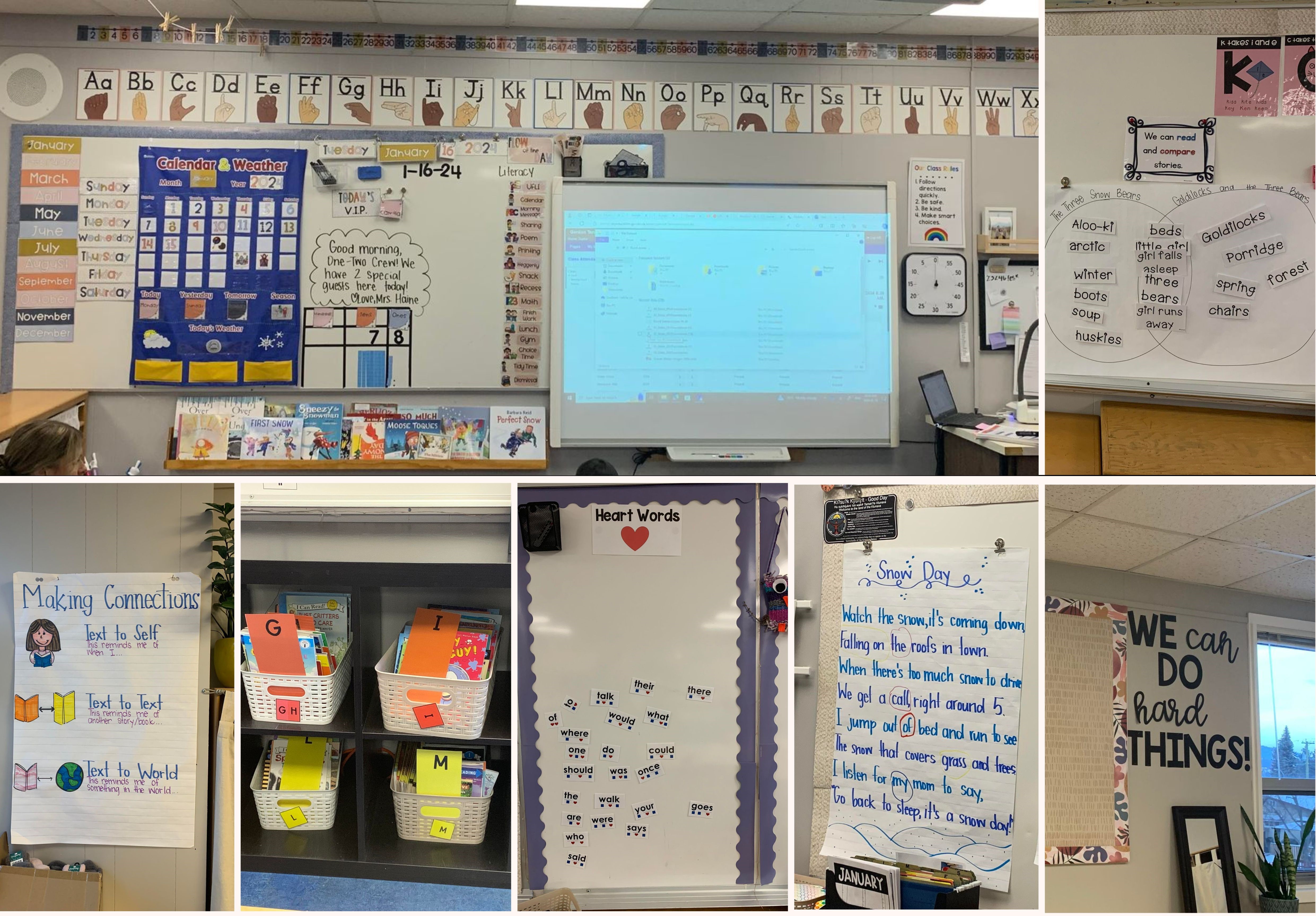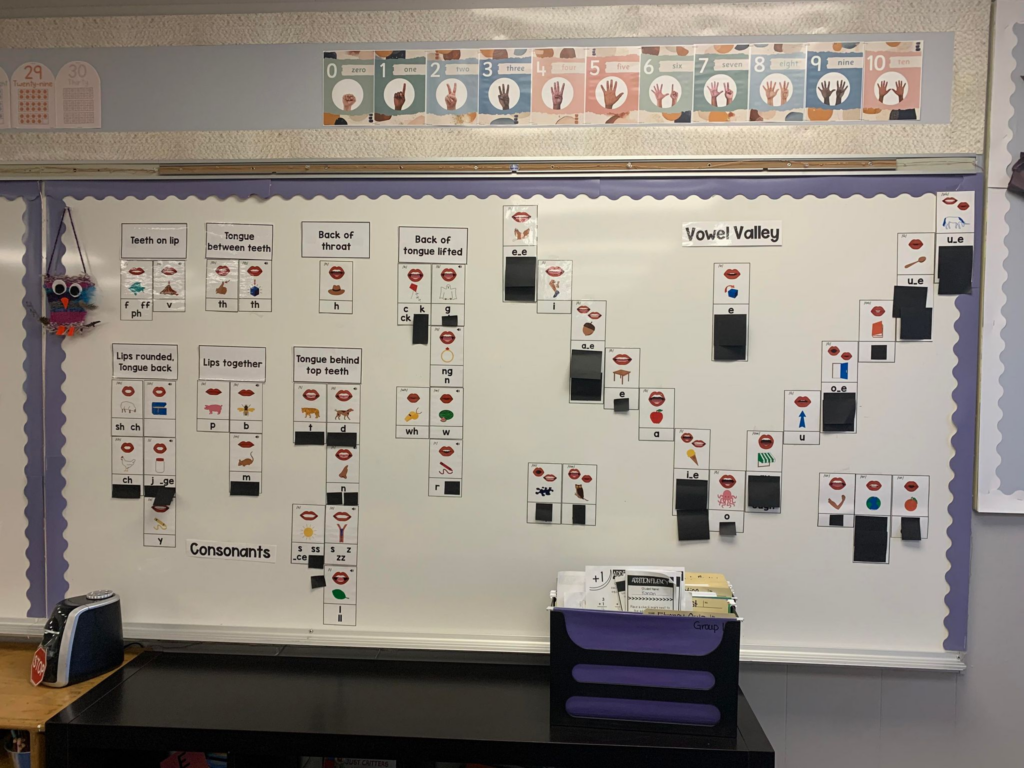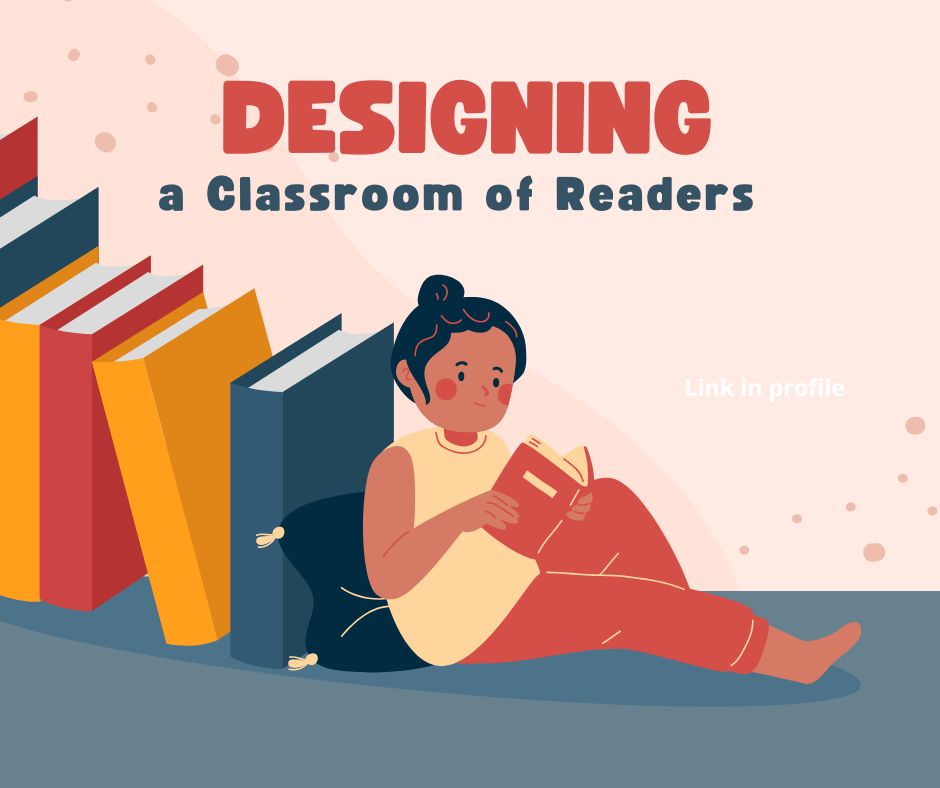Every Sunday my family all gets together for dinner. There are usually 20 to 30 of us all crowded in the kitchen and living room eating our food and having rich conversation. Okay, I say rich like we’re a bunch of intellectuals having these enlightening conversations, when in reality, we’re doing a lot more teasing and reminiscing than anything else. It’s absolutely wonderful.
During one of these family dinners, the conversation turned to reading, and one of the younger children asked which of us adults are readers. There were a few of us that admitted to being readers, but there were a couple of others that, surprisingly, said they were not readers. In fact, my sister was adamant that she was not a reader, when I know she reads all. the. time. Of course being family, a bunch of us ganged up on her and started hounding her with questions about why she wasn’t a reader. She responded with something that I still think about often, “Well, I don’t like reading stories like you guys do.”
Let me tell you a bit about my sister. She reads EVERY single night. She reads with a highlighter and pencil EVERY single night. She even packs them in her suitcase when she goes on vacation. And, she’s right. She doesn’t like reading stories; she STUDIES, she LEARNS, she INVESTIGATES. She reads books about mental health, how to become more organized, how to discipline with love, the history of the country she is traveling to, and the science of motivation. She reads for knowledge and, yet, she has never considered herself a reader. This conversation from a couple of years ago, will change how I design my classroom.
I want my classroom to be a space where children will read all the time, without even realizing they are reading. I saw this in one of the classrooms I visited this week.
A Visit to an Elementary Classroom Designed for Reading
The collage posted below is just a small snapshot of the reading opportunities the Gr. 1/2 classroom teacher provided for her students. Let’s dive into some of these design features in this classroom.

The Classroom Library:
Unfortunately, the collage of photos above doesn’t showcase how large the classroom library was at the back of the room. There were books of all varieties for students to read and engage with. There were fiction and nonfiction books, picture books, graphic novels, short novels, and joke books. There were books about adventure, princesses, sports, animals, super heroes, and more. There was such a large variety of options for new readers. There was a cute little “egg” chair sat next to the library that students could sit while they explored their book. The books were organized by reading ability, but students were invited to read any book they found interesting.

In my dream classroom, I want a classroom library similar to this inspiration picture I found by @simpleandcozyclassroom on Instagram. Now, we’re dreaming remember? I want it to have large windows to provide lots of natural light. I want comfortable, beautiful seating where 2 or more students can gather and share a book. I want a variety of books of many different reading levels. I want a blanket for the kids to snuggle up in (because that’s how I like to read a book). I want to display books on the top of shelves and… wait for it… I want a digital photo frame to showcase our “Book Hall of Fame.” This is how it’ll work. When a student completes a book and gives it a 5 star rating, I want to take a picture of that student holding the book and upload it to the digital photo frame. It’s my hope that the frame will be filled with books that students from previous years showcasing the books that THEY loved. You know how younger students look up to the big kids? Wouldn’t it be neat to read the same book that the big kid you look up to read?! I can’t wait to do this. I think it’s going to be a big hit.
The Front of the Room
The front of the room was loaded with lots of opportunities for students to read. The alphabet was prominently posted above the whiteboards so that striving readers could easily refer to it. I quite enjoyed how the alphabet included the sign language version of each letter. I wonder if the students are learning the sign language to each letter as well? The whiteboard was filled with reading opportunities that the teacher referred to often. The months of the year and days of the week were posted. The morning message was written on the board. The agenda for the day was displayed with the titles of each block/activity as well as an accompanying image. I like that there was an image for striving students to refer to if they were struggling with decoding the word.
On the Walls
The teacher had many quotes and posters on the wall for students to read. Some of the quotes were, “A reader today, a leader tomorrow!” and “We can do hard things!” There were also venn diagrams, interactive posters, word walls, and charts. Each of these elements provided an opportunity for students to read and develop an understanding of why reading is important.

What I found most interesting was the Sound Wall (posted above). I had never seen one of these before and I’ve since researched it a bit more. I found some great information on the reasons why to have a sound wall rather than a word wall at https://www.readingrockets.org/topics/phonological-and-phonemic-awareness/articles/transitioning-word-walls-sound-walls. The following chart is taken from that article which summarizes the differences between the two types of walls. The article has lots of interesting information on why word walls are not as effective. It’s definitely worth a read.

In this classroom, however, the teacher also had a word wall, called “Heart Words,” for the students to refer to. She was clearly trying to integrate both walls in her teaching practice, which I admire.
Final Thoughts
Years ago I heard a teacher say, “We spend the first few years learning to read. Then we spend the rest of our life reading to learn.” I believe this with all my heart. I want my classroom to be a space where students read in a natural, comfortable setting. Of course I want to have dedicated blocks of time dedicated to reading, but I want the entire classroom environment to support reading. A child doesn’t have to enjoy reading “Dragon Masters” or “Junie B. Jones” to be a reader. They can read “Ripley’s Believe It or Not,” the hunting regulations, a cookbook, or the lyrics to their favorite song. Reading comes in many different forms, and I want to provide them to my students. Reading is for everyone!
I’m grateful for the opportunity I had to be in this Gr. 1/2 classroom. Looking at it from a design perspective made me appreciate it even more. The teacher is inspiring young readers… and old readers, like myself. I can’t wait to follow in her footsteps!
